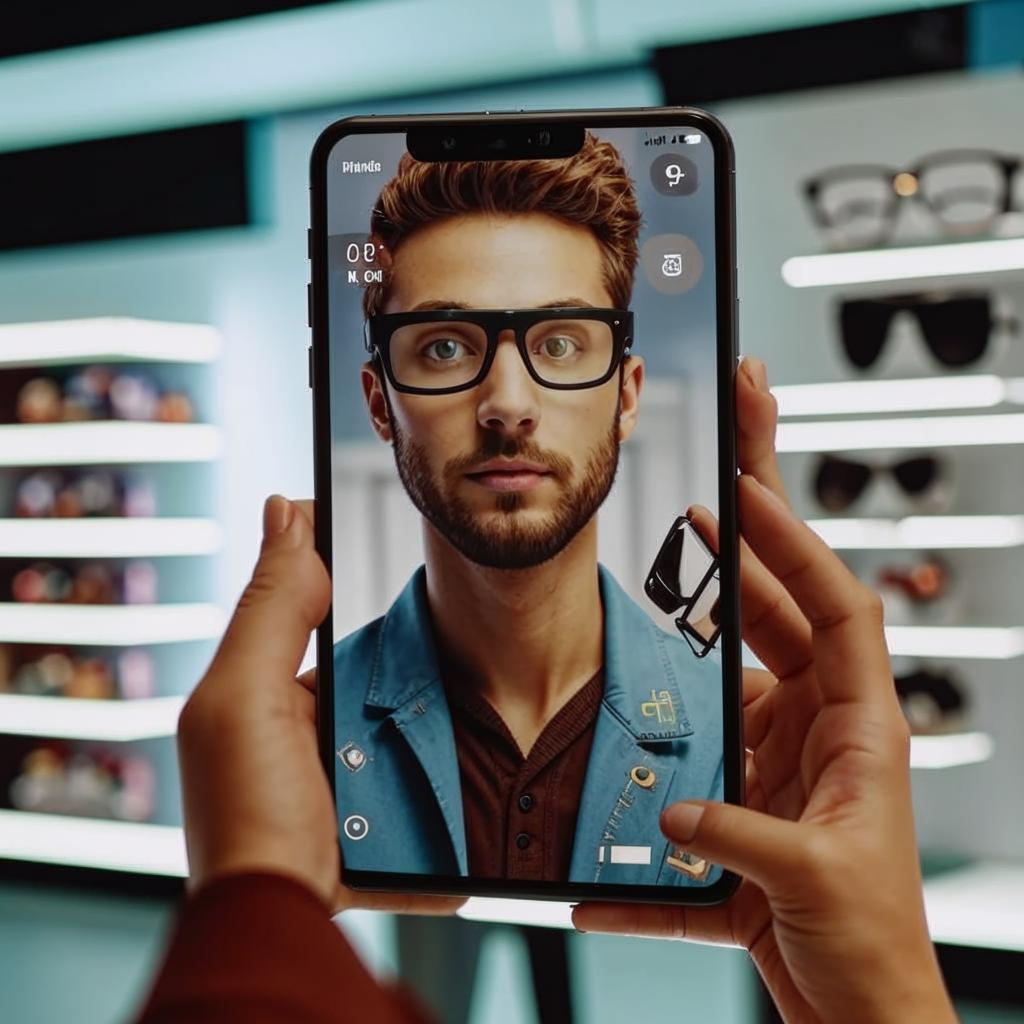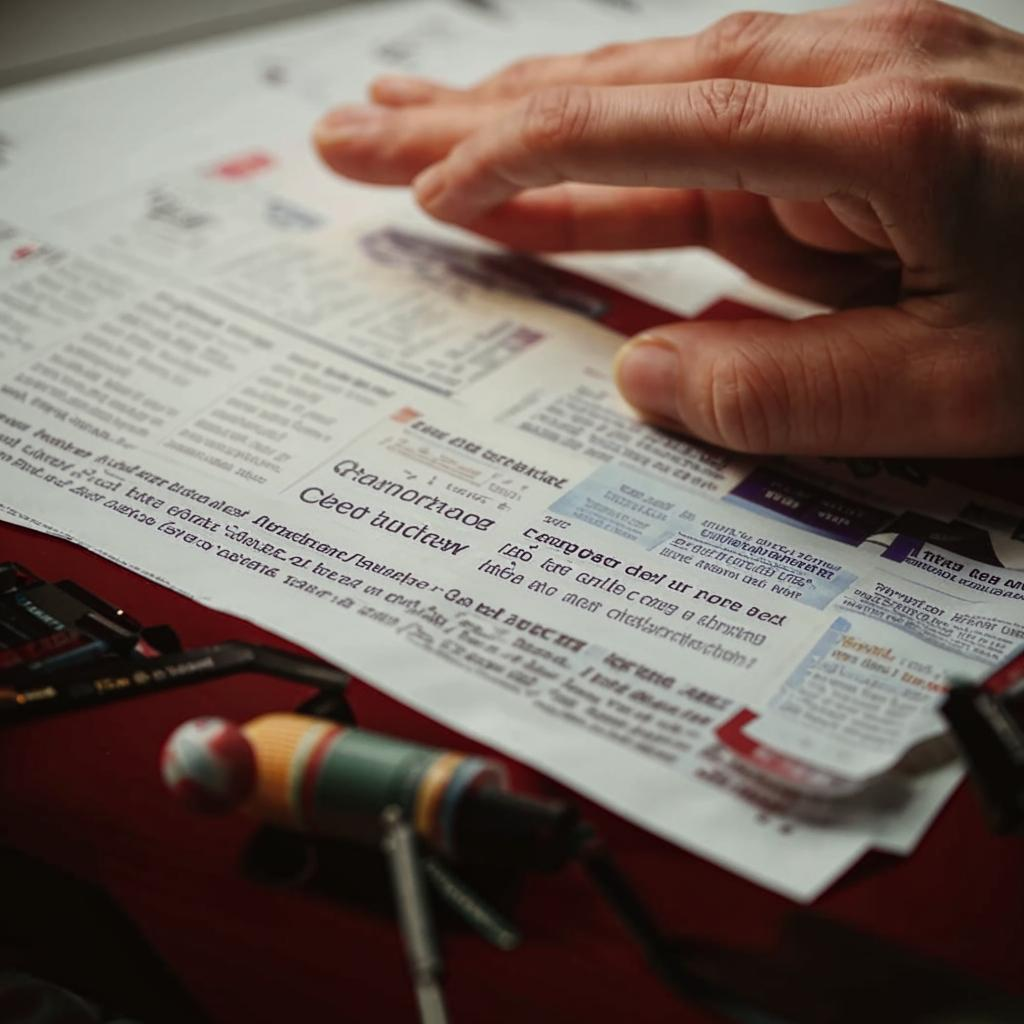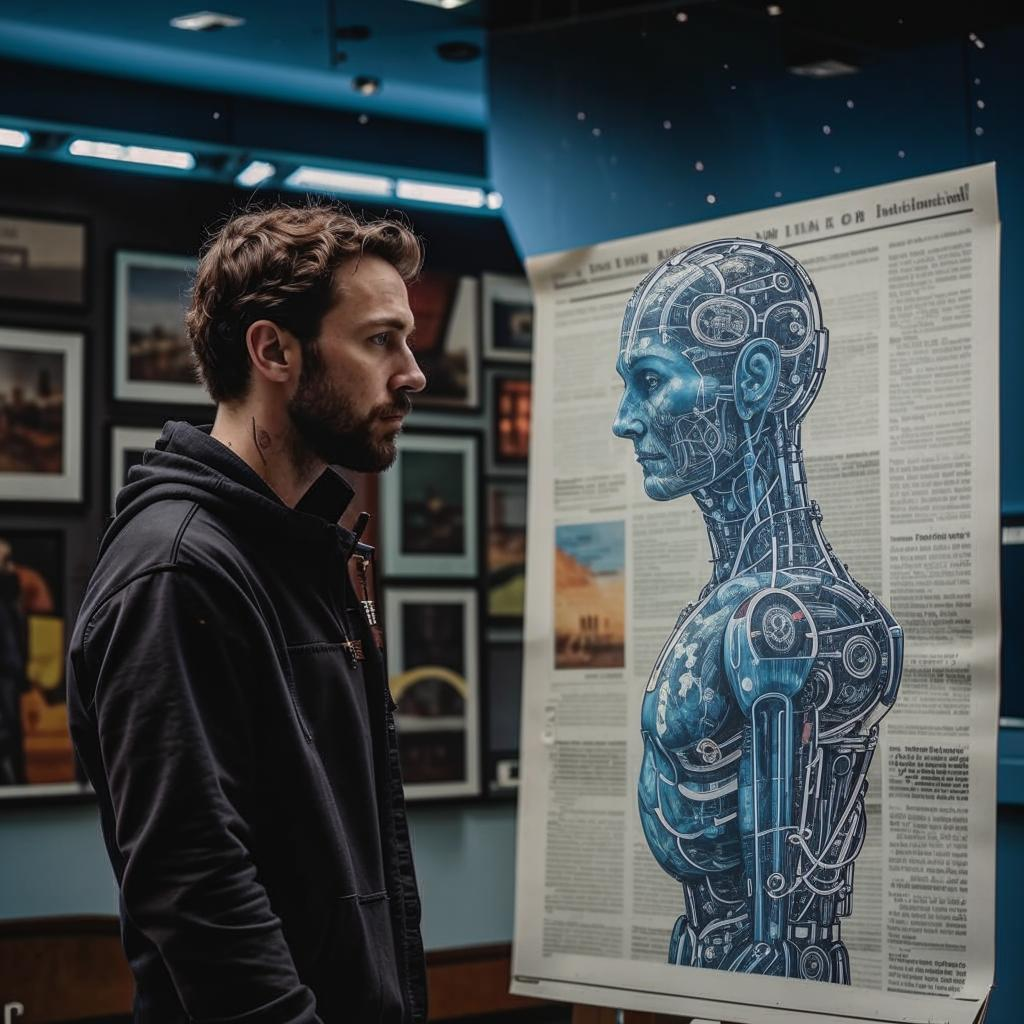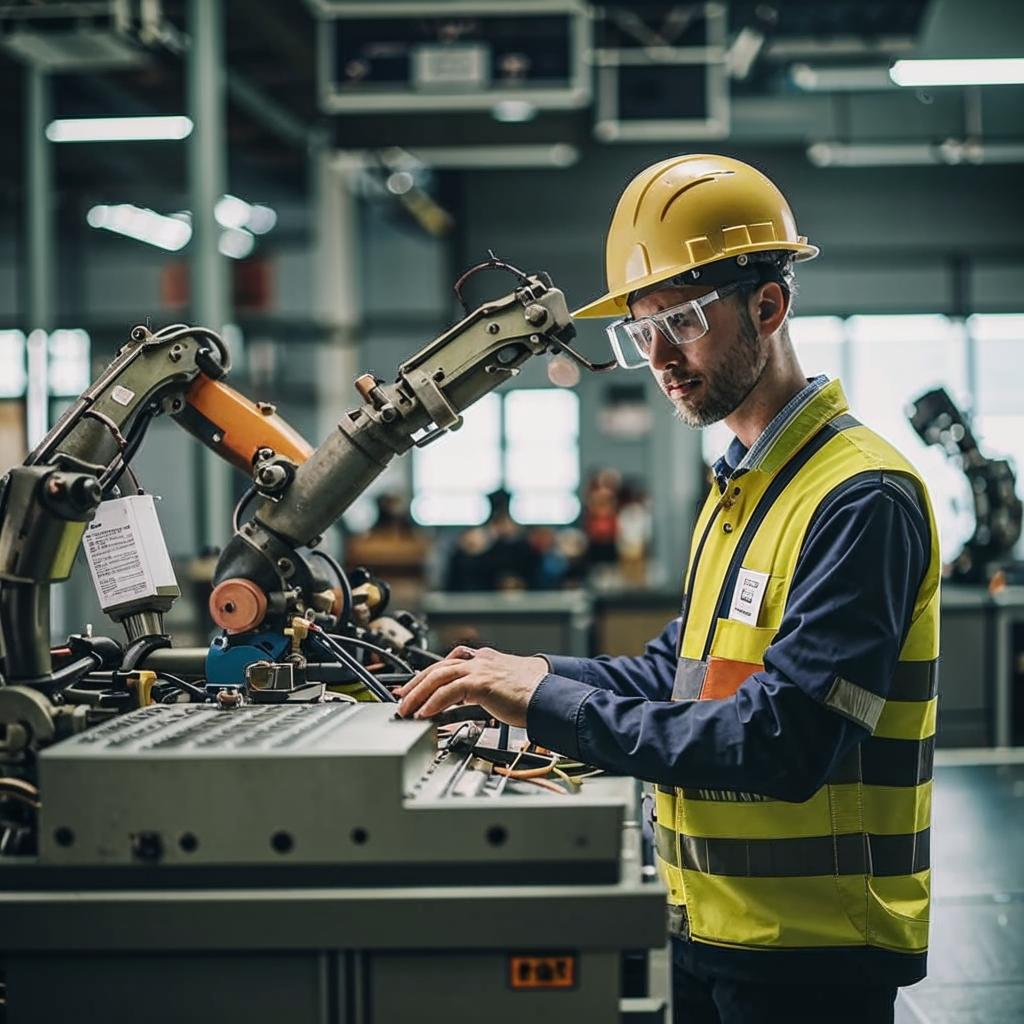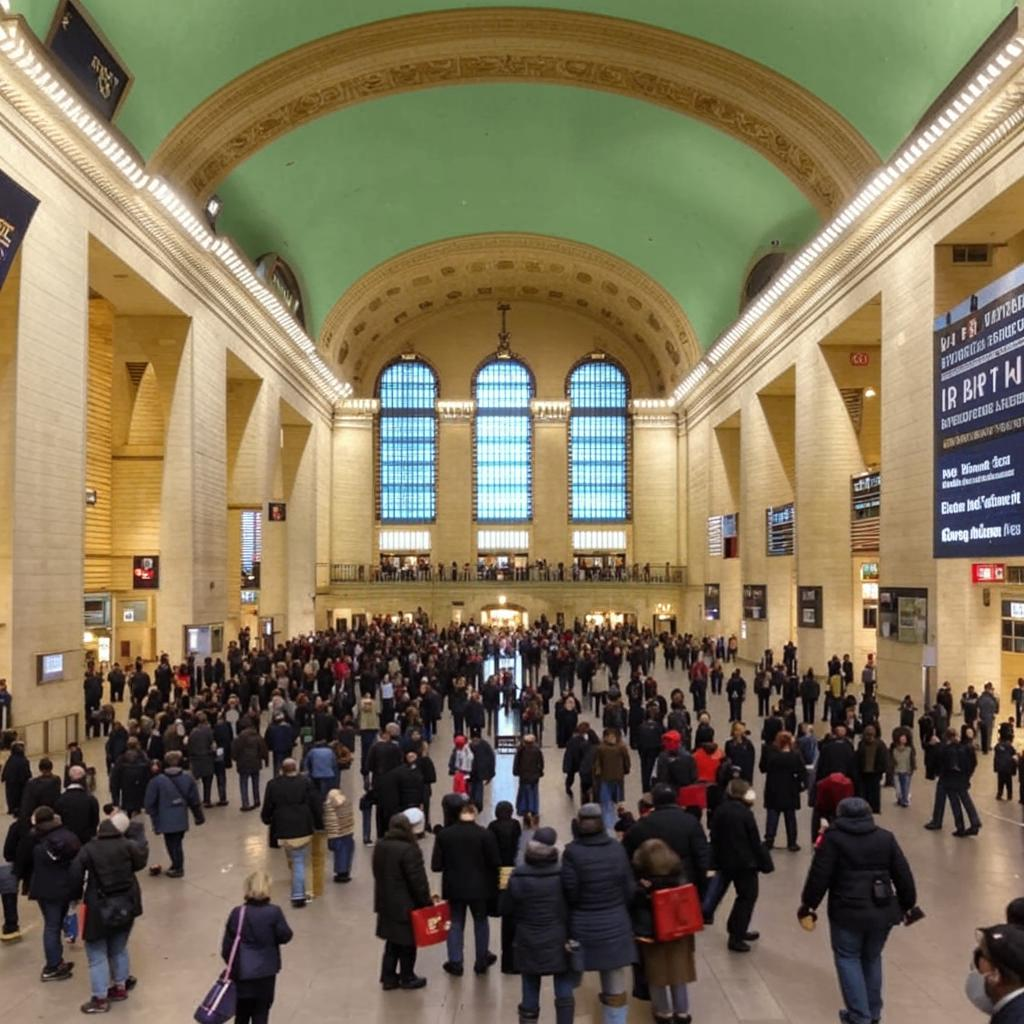Virtual and augmented reality (VR/AR) are rapidly transforming the retail landscape, moving beyond novelty to become integral tools for enhancing customer engagement and driving sales. Retailers are increasingly leveraging VR/AR to create immersive shopping experiences that blur the lines between the physical and digital worlds.
One key application is virtual try-on, allowing customers to virtually sample clothing, accessories, or makeup before making a purchase. This reduces the risk of returns and boosts customer confidence. Home furnishing retailers are using AR to let customers visualize how furniture would look in their homes, eliminating guesswork and fostering informed decisions.
VR is enabling virtual store tours, allowing customers to explore entire retail environments from the comfort of their homes. This is particularly valuable for reaching customers in remote areas or those who prefer to shop online. These virtual experiences can be highly interactive, providing product information, customer reviews, and even personalized recommendations.
The benefits extend beyond customer experience. Retailers can use VR/AR for staff training, creating realistic simulations of various scenarios, such as handling customer complaints or managing inventory. This improves employee preparedness and efficiency. Furthermore, VR/AR can provide valuable data insights into customer behavior, allowing retailers to optimize store layouts and product placement.
While challenges remain, such as the cost of implementation and the need for widespread adoption of VR/AR devices, the potential for transforming retail is undeniable. Early adopters are already seeing significant returns on investment, paving the way for wider adoption in the years to come. The future of retail is increasingly intertwined with VR/AR technologies, promising more engaging, personalized, and convenient shopping experiences for customers worldwide.Finishtit
